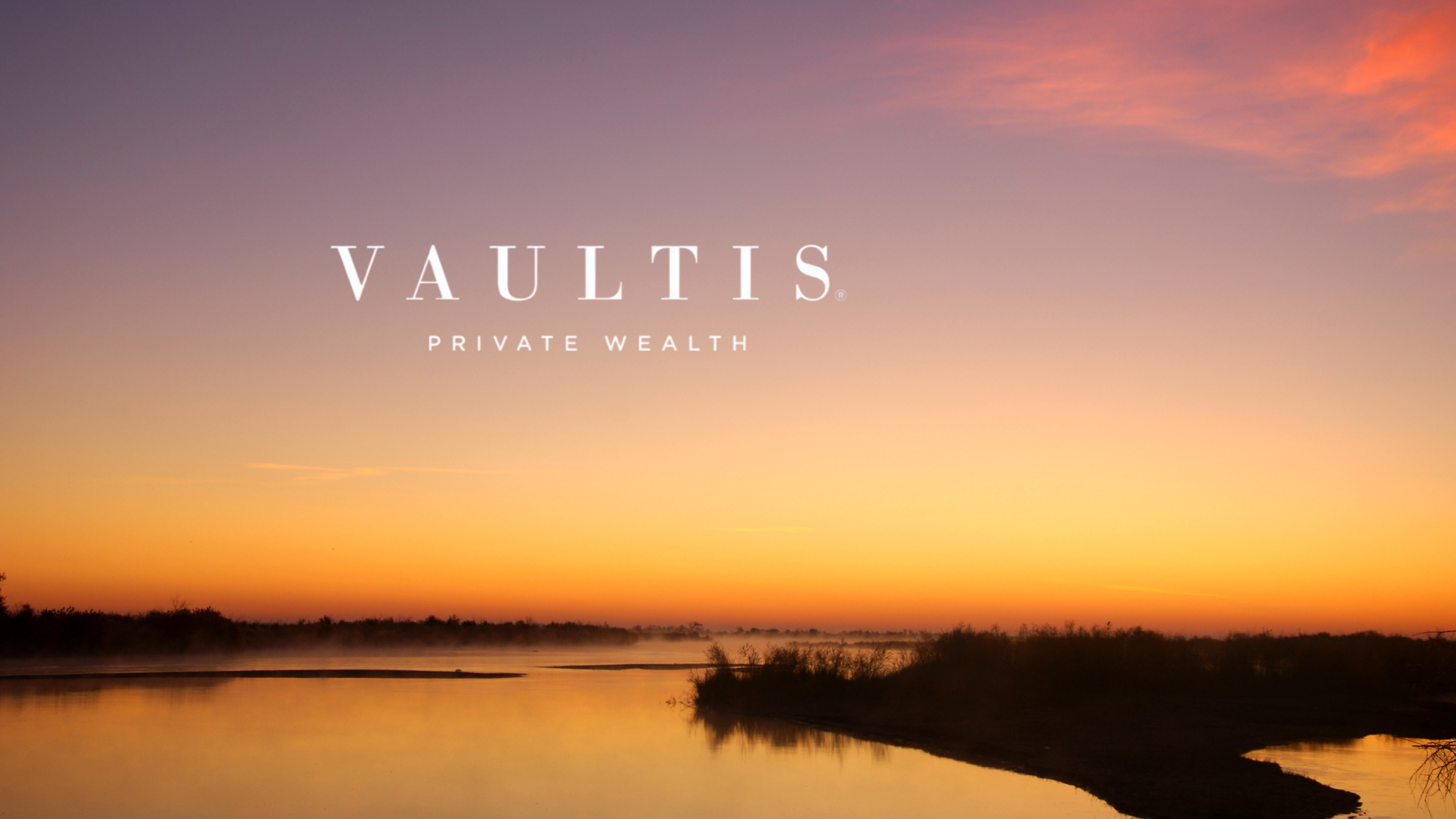Considering Concentration Risk When Executing NUA as a P&G Retiree
/For P&G retirees, the path to retirement often comes with a unique financial footprint: a Profit Sharing Trust (PST) heavily weighted in Procter & Gamble stock, 40-100% of the balance, alongside potential holdings in the Savings Plan, Employee Stock Purchase Plan (ESPP), or stock options. This concentrated exposure, while a testament to a long career, creates a nuanced challenge when planning your distribution strategy. Net Unrealized Appreciation (NUA) lets you move PG stock from your PST to a taxable account, taxing only your original cost now and gains later at lower rates. It’s a powerful tool, offering tax advantages by shifting stock appreciation from ordinary income to long-term capital gains (LTCG) rates. Equally important, NUA moves assets from retirement accounts (the PST) to taxable brokerage accounts, diversifying your account types and giving you a new lever for retirement income planning. By blending LTCG from NUA sales with ordinary income from IRA withdrawals, pensions, or Social Security, you can optimize after-tax cash flow for lifestyle needs, securing the legacy you’ve built for your family. However, without careful planning, NUA can amplify concentration risks, leaving you vulnerable to PG stock volatility. This post explores how to balance these benefits with the risks, using a hypothetical example to illustrate practical strategies. For foundational NUA details, see our prior post on NUA basics.
Understanding Concentration Risk in P&G's Context
Concentration risk, or over-reliance on a single stock like PG, can sting when markets shift, consumer staples lag, or company-specific events hit. For many P&G retirees, loyalty to the company’s stock runs deep, making the shift to diversification both a financial and emotional decision. For P&G retirees, this risk is baked into the structure: PST mandates heavy PG stock allocation until diversification is allowed at age 50, often leaving retirees with 70-90% of their PST in PG, plus additional exposure through Savings Plan, ESPP, or options. These assets, typically locked in tax-deferred retirement accounts, limit flexibility until distribution. NUA changes this by moving employer stock to a taxable brokerage account, where the cost basis is taxed as ordinary income upon distribution, and the appreciation is taxed as LTCG only when sold. This shift diversifies account types, enabling more flexible withdrawal strategies, but the balance remains PG-heavy until sold, prolonging concentration risk if not managed carefully.
For example, in 2025 through September 26, PG stock lagged the S&P 500 (-7.57% vs. +13.38%), showing how even a stable consumer staple like PG can underperform broader markets, highlighting the stakes for retirees leaning heavily on it. Without a plan to unwind this exposure, you’re tethered to P&G’s fortunes. For more on managing concentrated positions, check our post on diversifying PG stock.
Hypothetical Example: A $3M P&G Retiree Executing $750k NUA
Imagine a 62-year-old P&G retiree with a $3M retirement portfolio, planning to fund travel and grandchildren’s education, electing $750k of NUA from their PST, about 25% of their total assets. This involves 4,687 PG shares valued at $160 each, with a cost basis of $6.82 per share (total basis ~$31,965). The cost basis is taxed as ordinary income upon distribution, say at a 32% rate, resulting in a modest tax hit of around $10,000 (unless The Frank Duke Strategy is utilized). The remaining gain, roughly $718,000, is treated as LTCG when sold, typically at 15% for most retirees. After NUA, the $750k in PG shares sits in a taxable brokerage account, offering the dividends and flexibility to sell for LTCG to fund lifestyle needs or diversify. However, this still represents a hefty 25% concentration in PG, plus any other holdings from options or ESPP. Selling all shares in one year would trigger a significant LTCG tax bill, likely around $100,000 or more, which, while better than ordinary income rates, is rarely desirable in a single year due to potential bracket creep. Holding the shares longer to spread taxes risks PG underperformance, as seen in 2025’s lag, potentially eroding portfolio value. A phased sell-off over several years might be smarter to spread the tax burden and fund lifestyle needs, but it leaves you exposed to PG’s market risk longer. Meanwhile, non-NUA portions rolled to an IRA can be sold immediately for full diversification if desired. This interplay, balancing tax efficiency, diversification, and income needs, demands careful coordination. See our distribution strategies for additional tactics.
Key Considerations and Potential Pitfalls
Executing NUA without a plan can backfire. Here are critical factors to weigh:
Tax Coordination: The cost basis typically hits as ordinary income immediately, unless using advanced strategies like Frank Duke, which can defer this tax. LTCG from sales can push into higher brackets if not timed well. Blend these with other income sources (IRA withdrawals, pensions, Social Security, stock options) to optimize after-tax income for lifestyle funding.
Timing Sales: Selling shares gradually in low-income years can minimize LTCG taxes and align with lifestyle needs, such as funding annual expenses or major purchases like a vacation home. However, this delays diversification, extending exposure to PG’s volatility. Selling all at once risks significant tax spikes, especially for large gains like $718,000, and could disrupt your broader financial plan.
Holistic Exposure: Assess total PG holdings across all accounts. A $750k NUA might sound tax-smart, but if it’s 25% of your portfolio, plus other PG assets, it’s still concentrated. Align with your risk tolerance and income goals.
Market and Personal Factors: PG’s 2025 YTD lag shows even staples fluctuate. Health, life expectancy, and potential tax changes, such as adjustments to capital gains rates or retirement account rules, can add layers to navigate.
Solutions and Best Practices
To harness NUA’s benefits while mitigating concentration risk, consider these strategies:
Size NUA Thoughtfully: Choose an amount that keeps post-distribution PG exposure below 10-20% ideally. Model scenarios to balance tax savings with diversification, ensuring the complete distribution required for NUA aligns with your goals.
Diversify Strategically: Plan multi-year sales (e.g., 20-25% annually) to spread LTCG and reduce market risk, leveraging dollar-cost averaging. Consider charitable strategies like Donor Advised Funds for tax-free diversification.
Integrate Holistically: Start by estimating your total PG exposure across accounts to guide your NUA decision. Coordinate with advisors to project taxes, rebalance investments, and align with estate goals. NUA’s account-type diversification shines when paired with a tailored withdrawal strategy blending LTCG with other income streams.
Conclusion
For P&G retirees, NUA unlocks tax efficiency and account flexibility, but managing concentration risk requires a tailored approach to secure your hard-earned retirement. This nuanced topic demands careful consideration, and working with an advisor familiar with P&G’s plans can help you navigate your unique situation, aligning your strategy with your lifestyle and legacy goals.
Frequently Asked Questions
Q: Can I use NUA if I only want to distribute part of my PST?
A: No, NUA requires a complete lump-sum distribution of your PST to qualify. Partial distributions don’t meet IRS rules, but you can roll non-NUA portions to an IRA for flexibility.
Q: How do I know if my PG concentration is too high?
A: A common rule of thumb is to keep any single stock, like PG, below 10-20% of your portfolio. Add up your PG holdings across PST, Savings Plan, ESPP, and options to assess your exposure and align with your risk tolerance.
Q: What if I don’t want to sell my PG shares after NUA due to loyalty?
A: Emotional attachment to PG stock is common, but holding a concentrated position risks volatility, as seen in PG’s 2025 lag. A gradual sell-off or charitable strategies like a Donor Advised Fund can balance loyalty with diversification.
Q: How can I minimize taxes when selling NUA shares?
A: Spread sales over multiple years, targeting low-income years to stay within the 0% LTCG bracket (~$94,000 for Married Filing Jointly). Coordinate with other income sources and consider advanced tactics like Frank Duke to optimize tax outcomes.
Disclosure: This article is for informational purposes only and does not constitute financial, tax, or legal advice. Consult with a qualified financial advisor or tax professional before making any decisions regarding NUA or your retirement strategy. Tax rates and thresholds, such as LTCG brackets, may change annually, so consult a professional for current rules. Vaultis Private Wealth is not endorsed by or affiliated with The Procter & Gamble Company. All strategies discussed, including NUA and the Frank Duke method, depend on individual circumstances, and tax rules are subject to change. Past performance, such as the 2025 PG stock data referenced, is not indicative of future results.














